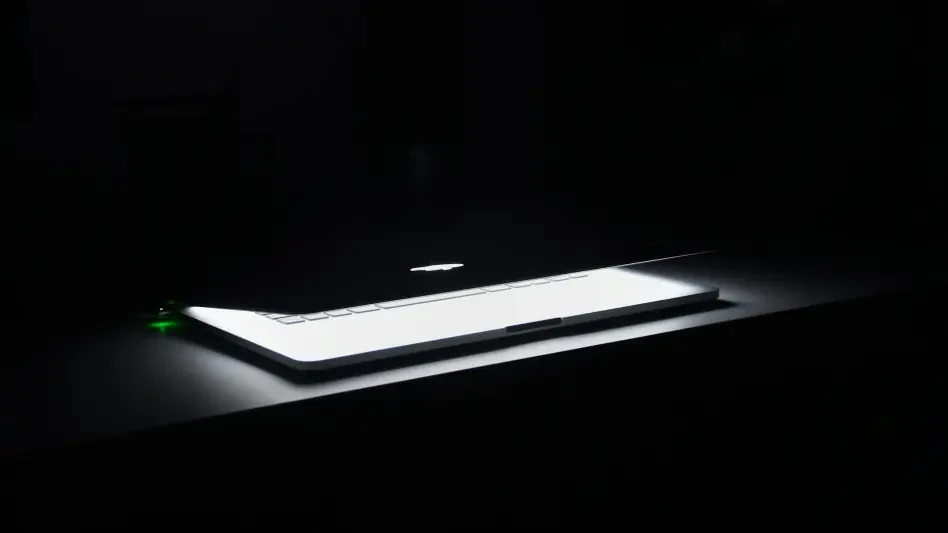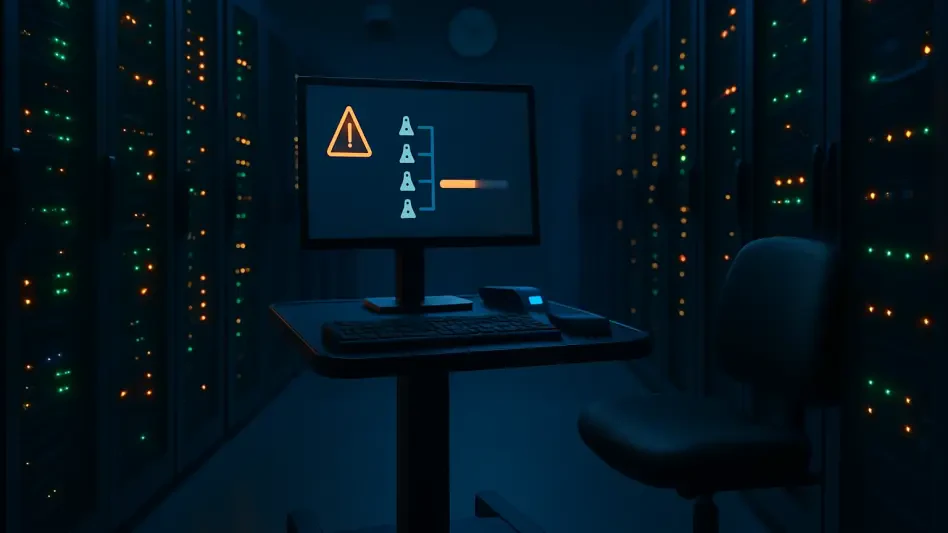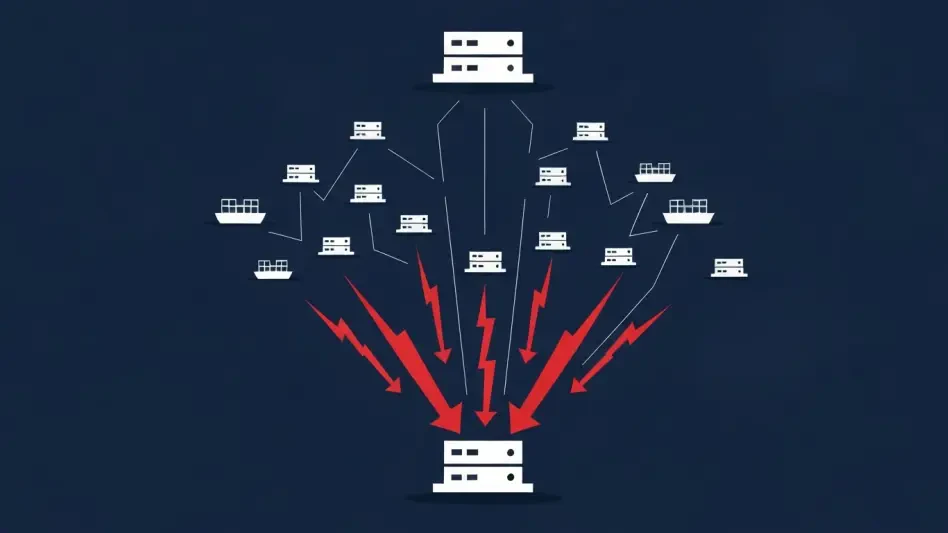Microsoft’s Patch Tuesday remains a cornerstone in the continual battle against cyber threats, symbolizing a significant achievement in the field of cybersecurity. With the increasing complexity of digital environments, managing vulnerabilities through timely updates is essential. Patch Tuesday has set a standard within the tech industry for maintaining security across a broad range of applications. This analysis explores how Patch Tuesday has evolved, its critical features, key challenges, and potential advancements in Microsoft’s update strategy.
An In-Depth Look at Microsoft Patch Tuesday
Microsoft’s Patch Tuesday originates from the necessity for structured and routine software maintenance. Introduced in 2003, it revolutionized the approach towards software updates by establishing a predictable schedule for security patches released on the second Tuesday of each month. This practice provides a consistent framework for organizations to ensure system integrity and safeguards against vulnerabilities. By creating a dependable mechanism, Patch Tuesday helps IT professionals manage and anticipate security updates in a time-efficient manner.
In the larger realm of cybersecurity, Patch Tuesday asserts itself as an integral component. Its periodic updates ensure that crucial patches address vulnerabilities before they are widely exploited, thus promoting a safer computing environment. By serving as a reliable beacon for security fixes, it enables both consumers and enterprises to stay ahead of digital threats through timely action.
Analyzing Key Components of Patch Tuesday
Addressing Vulnerability Patching
The core of Patch Tuesday focuses on identifying and patching vulnerabilities, thereby reinforcing software security. This process involves extensive collaboration with security researchers who detect potential threats and report them to Microsoft. Once vulnerabilities are identified, patches are meticulously developed, tested, and deployed to prevent exploitation. This cycle not only mitigates risk but also reflects Microsoft’s commitment to safeguarding its software ecosystem.
Management of Critical Flaws
Critical flaw management forms a vital facet of the Patch Tuesday repertoire, with keen emphasis placed on prioritization and resolution of high-risk vulnerabilities. This involves detailed evaluation where critical vulnerabilities, such as those with a high CVSS score, receive immediate attention. By implementing a structured priority system, Microsoft ensures that the most threatening vulnerabilities are quickly addressed, thereby protecting users from possible malicious exploits.
Observing the Latest Trends
Recent advancements in Patch Tuesday methodology showcase a shift towards more agile and dynamic security responses. Innovations in patch deployment and real-time issue management are emerging as trends, driven by advancements in artificial intelligence and machine learning. These technologies are increasingly being utilized to predict potential threat vectors, allowing more proactive patch strategies to be implemented. This evolution reflects a growing reliance on sophisticated tools to enhance cybersecurity measures.
Impact Across Various Sectors
Patch Tuesday’s influence spans a wide array of industries, with notable impacts on sectors reliant on digital infrastructure. For instance, in finance and healthcare, where data security remains paramount, Patch Tuesday updates are critical in protecting sensitive information. Numerous implementations have demonstrated its effectiveness, underscoring the necessity of consistent patching regimens. Through real-world applications, Patch Tuesday reinforces its role as a fundamental pillar in the defense against cybersecurity threats.
Confronting Challenges and Gaps
Despite its successes, Patch Tuesday encounters challenges that can hinder its efficacy. The sophistication of cyber threats presents ongoing technical hurdles, while the complexity of software systems can delay timely patch deployment. Furthermore, organizations might struggle with resource allocation for implementing updates promptly. Microsoft continually strives to address these concerns by refining processes and improving the communication of security information to ensure better preparedness among users.
A Glimpse into the Future
Looking ahead, Patch Tuesday’s trajectory suggests exciting advancements in cybersecurity protocols. With potential breakthroughs on the horizon, there is an anticipation for more integrated and intuitive patch management solutions. Microsoft remains poised to innovate in the area of update strategies, leveraging technological advancements to enhance the effectiveness of Patch Tuesday. The aim is to develop more robust systems that can effortlessly adapt to evolving threat landscapes.
Final Thoughts
The examination of Patch Tuesday reveals its undeniable importance in the realm of cybersecurity. It represents a crucial mechanism not only in addressing current vulnerabilities but also in setting the groundwork for future-oriented security strategies. With ongoing dedication to improving its processes, Patch Tuesday will likely continue to play a pivotal role in safeguarding digital infrastructures around the world. As organizations strive to fortify their defenses, Patch Tuesday stands as a key ally in the unrelenting battle against cyber adversaries.








